In 2017, 1I/’Oumuamua became the first interstellar visitor discovered by humanity. Unfortunately, this small, elongated asteroid measuring only 100 by 20 meters is moving away from our star at 26 km/s, about 5.5 astronomical units (AU) per year. One might think that we have lost the opportunity to study this wonderful and mysterious body forever, but is it true? Is it time for us to get to him to reveal his secrets? In the same year as ‘Oumuamua, the LIRA project was proposed, a mission concept for interstellar object interception using a probe that would perform an Oberth-type gravity assist maneuver with the Sun or, for its English acronym, SOM (Oberth solar manoeuvre).
The Oberth maneuver consists of executing a flaring while passing close to a star to carry out gravity assist, in this way the delta V – the acceleration achieved – can be maximized in passing through the solar system body. The closer to the chosen object and the shorter the ignition, the more efficient it is (i.e. higher horsepower engines are preferred). The original 2017 Lira project used the SOM maneuver because the Sun is clearly the most massive object in the solar system. The problem is that to perform the SOM operation it is necessary to first fly to Jupiter in order to quickly reach the Sun, in addition, it is logical that we will need a heavy heat shield, which complicates the task. Depending on the launch date, the probe could reach Oumuamua in about 15 years or so. Lira could benefit from interstellar probe designs proposed by NASA in recent decades, which, although designed to explore the interstellar medium, could be adapted to an interstellar object mission without problems.

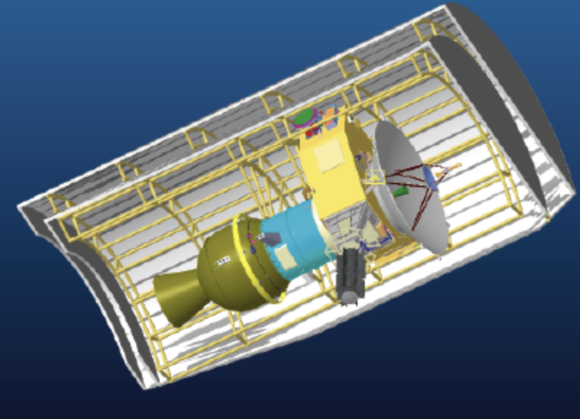

In 2020, a version of the Lira project, called Lira 2.0, was proposed to reach Oumuamua using the Jupiter Oberth Maneuver (JOM, Jupiter oberth maneuver) as well as flying from the ground plus reaching the Jovian giant. This alternative was slower, but allowed for the use of less powerful rockets by reducing the requirements for the Dlta V. Also, the probe design was greatly simplified by not needing a heat shield or having to endure the high temperatures of getting too close to the Sun. In all of these proposals, Up to two solid fuel upper stages will be used to maneuver Oberth because it is compact and simple. Lira 2 is promised to reach Oumuamua around 2050 using JOM and conventional launchers. But what about today’s heavy bombers? We currently have the Falcon Heavy and SLS Block 1 in service, but in a few years the powerful Starship system will be available and in 2033 the giant Chinese rocket CZ-9 will also enter service. How long will it take to get to ‘Oumuamua with these platforms?
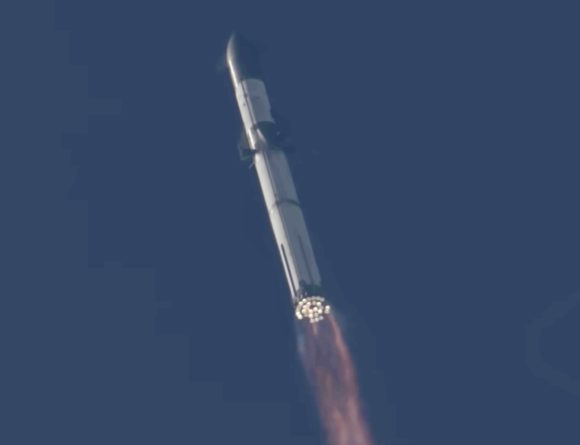
According to a study by Adam Hibberd, Oumuamua can only be reached in 20 years if we use Starship. This assumes a launch date in 2031, a lander mass of 860 kg, and the use of three solid-fuel stages (Castor 30XL, Castor 30B, and Star 48B) to perform the Oberth maneuver on Jupiter. If two solid fuel stages are used instead of three (Castor 30XL and Star 75), the flight time increases to 23 years. To do this, of course, the spacecraft must be loaded with fuel in low orbit, since it cannot leave low Earth orbit without a fuel transfer. Hibberd hypothesizes that it would take eight Starship system launches to load the Starship at LEO with fuel, though that number will depend on the final launcher design, which is constantly evolving (the power and number of the Raptor’s engines continue to evolve, as does the mass in the dry fuselage). Using fuel, the Starship can put up to 170 tons of cargo on Jupiter’s route, which is an impressive figure. This would allow the use of two large solid fuel stages weighing 26 tons Castor 30XL and 14 tons Castor 30B, both used in Northrop Grumman’s Antares rocket.


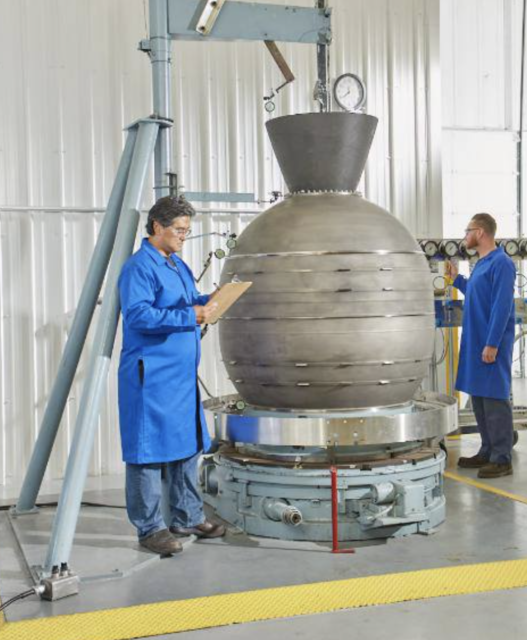
With the Falcon Heavy, it would take 28 years, and the difference with the Starship isn’t too great considering that this launcher can barely put 3 tons on a trajectory toward Jupiter. Of course, the probe can only have a mass of 100 kg and it will have to use three solid fuel stages (one Star 63F and two Star 48B), as well as perform a maneuver in deep space to carry out a flyby of the Earth. Other, less powerful bombers may take even longer, such as Ariane 64, which will take about 56 years to arrive (!). Hibberd believes that with the CZ-9 it will take 36 years, but that will depend on the final performance of this launcher, which is in full development. It is hoped that by including deep space maneuvering, flight time can be further reduced as with the Falcon Heavy. Out of the analysis, there are other heavy bombers such as the New Glenn or the futuristic Chinese CZ-10, which will have better performance than the Falcon Heavy thanks to the presence of a cooled upper stage.


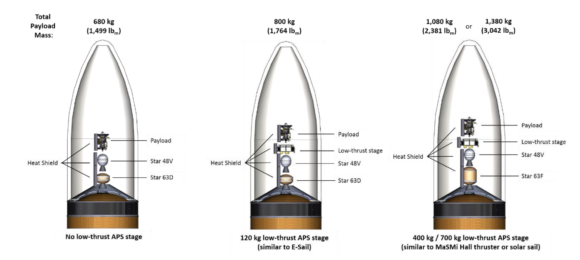
Anyway, is there a possibility that such a mission could be approved? Unfortunately, no, at least for now. The position of most space agencies is that it is beneficial to place one or more probes in solar orbit that will meet an interstellar object when it is detected, a concept on which the European Space Agency’s Comet Interceptor proposal is based. The problem is that this strategy assumes a periodicity of interstellar objects that could be wrong. It is possible that most interstellar objects passing through the Sun are cometary in nature, as is the case with 2I/Borisov, the second known interstellar object. If so, Oumuamua would be a cosmic anomaly. Forget about Oumuamua or explore it, that is the question.
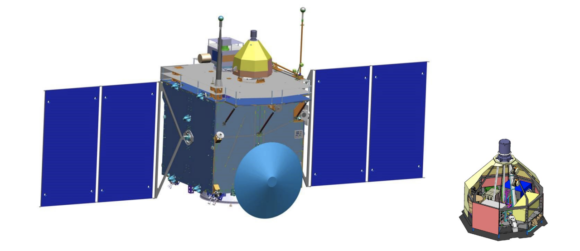
References:
- https://arxiv.org/pdf/2305.03065.pdf


:quality(85)/cloudfront-us-east-1.images.arcpublishing.com/infobae/DH4OKZ7QW6E4DR7TS4M7ISTFCU.jpg)
:quality(85)/cloudfront-us-east-1.images.arcpublishing.com/infobae/NNWRI25KEFEK5MAJRQZIC5SEW4.jpg)
:quality(85)/cloudfront-us-east-1.images.arcpublishing.com/infobae/NUWR3W3XEVE4NEH6IGKK4AIEOU.jpg)
